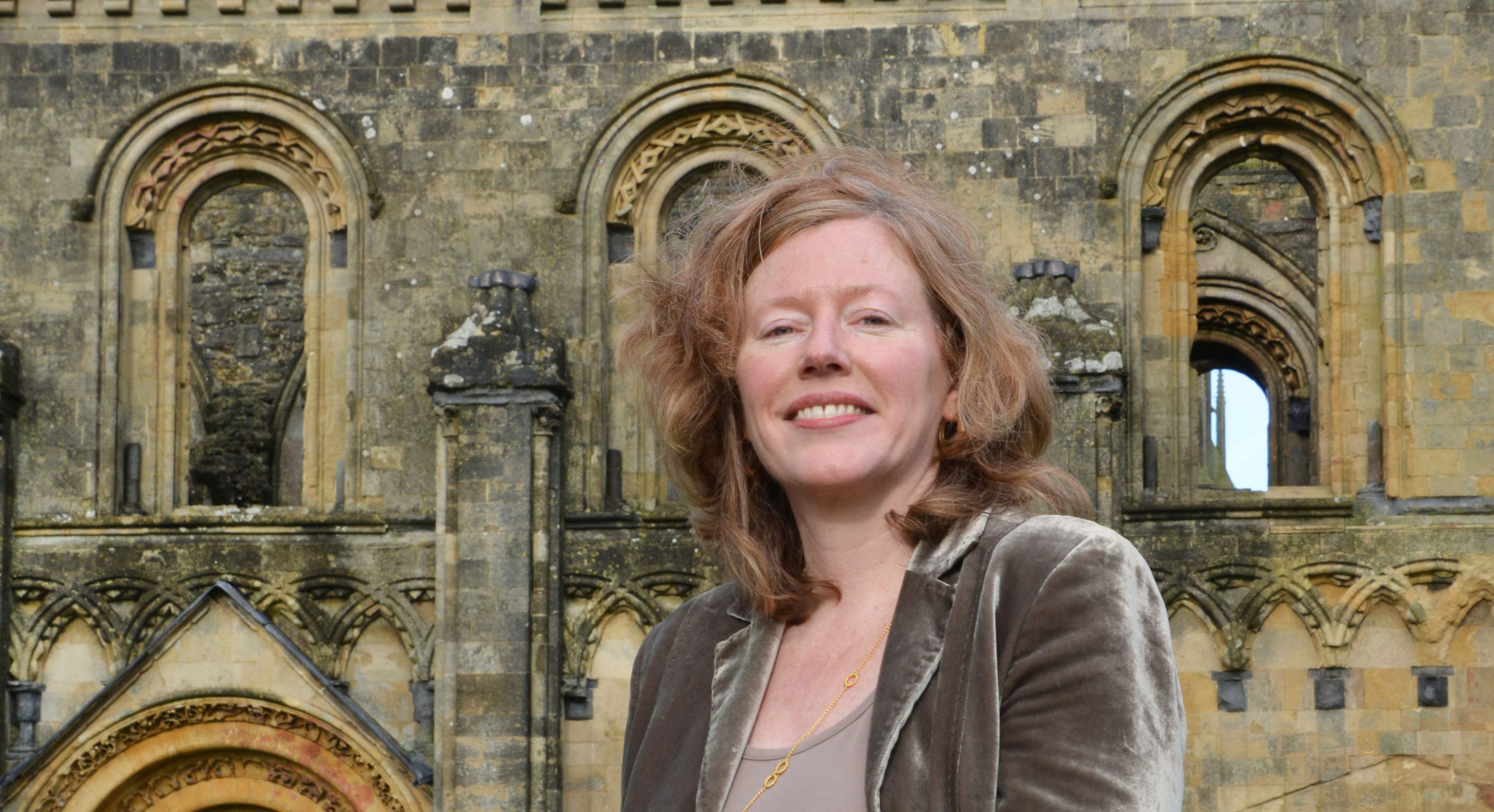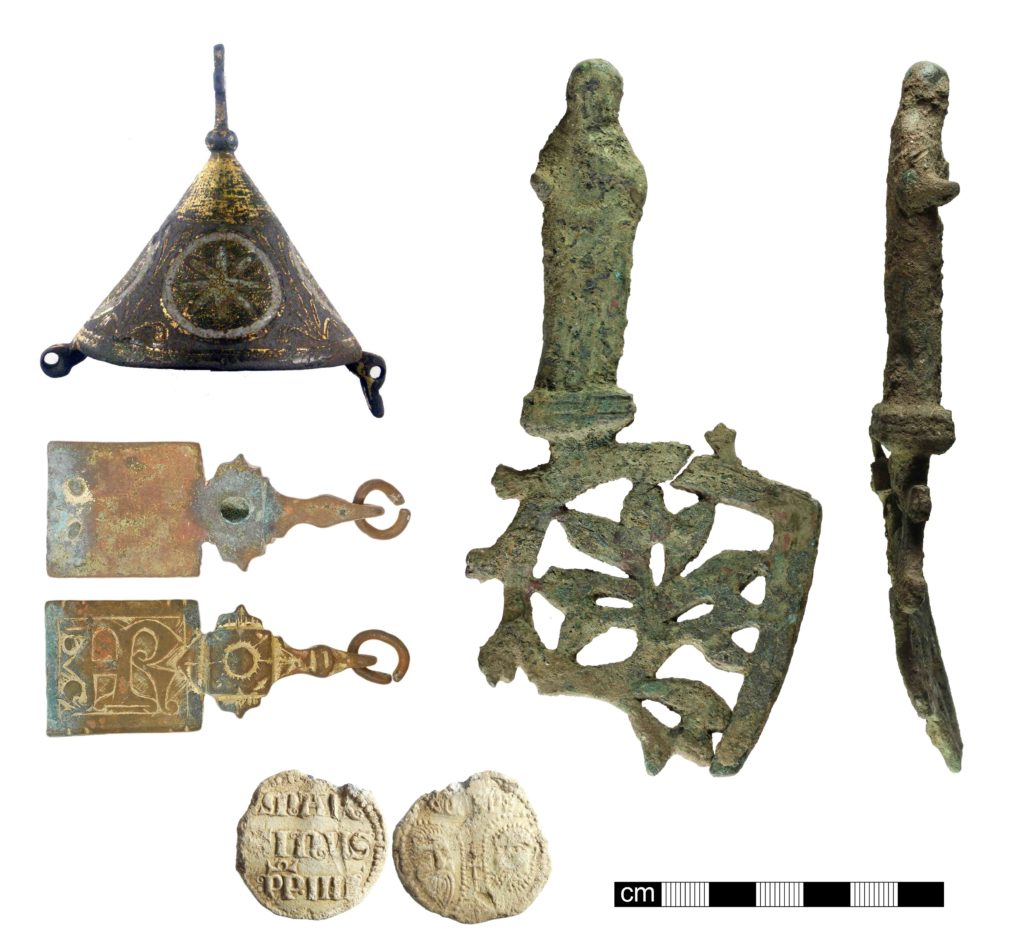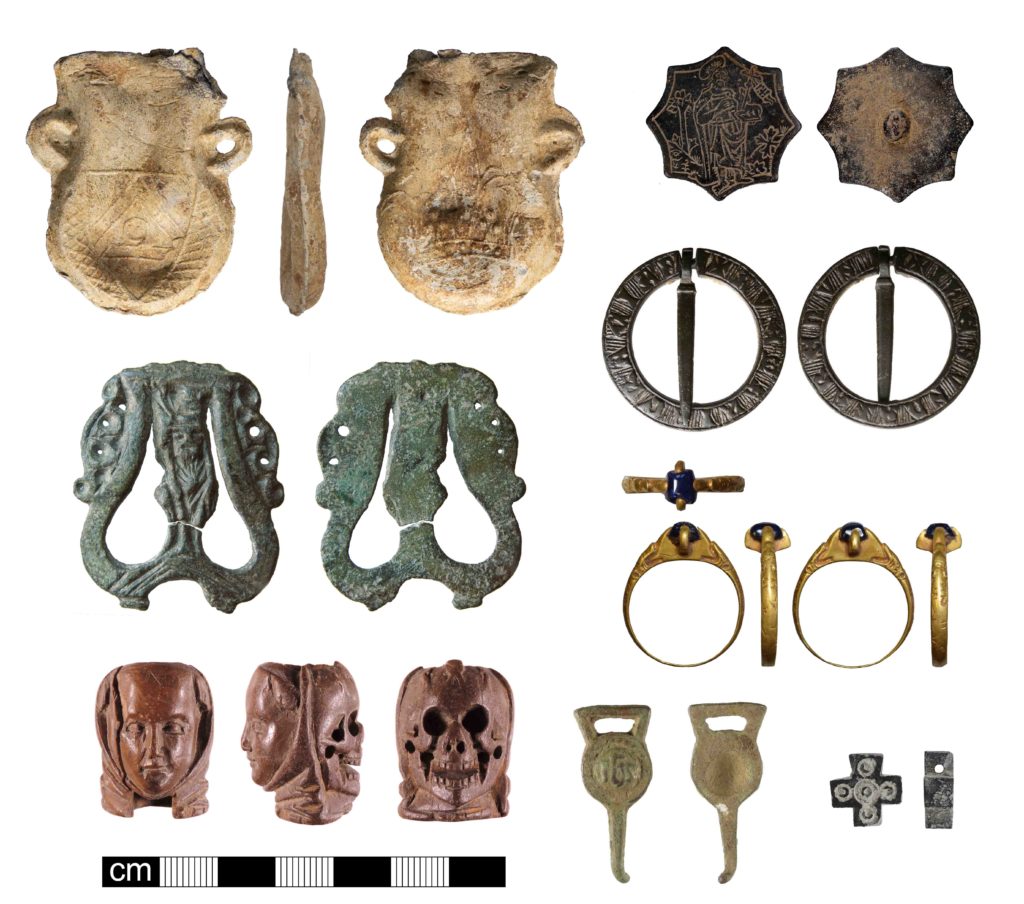
Posted by Edward Mills
17 March 2025At the Centre, we’re very fortunate to benefit from the support of Nicholas Orme, who since his retirement has contributed extensively to the life of the Centre. In particular, Nicholas supports the Orme Lecture, which takes place annually and invites an internationally-prominent specialist on an aspect of the medieval period (broadly defined) to Exeter. This year, we’re excited to welcome Roberta Gilchrist, Professor of Archaeology at the University of Reading, who’ll be speaking on ‘Medieval Lived Religion: The Complex Lives of Ritual Objects’. Ahead of her lecture, Roberta took the time to answer a few questions about her career and research, and gave us a taste of the fascinating topics that she’ll be covering.
I grew up in Canada and was fascinated by the history and archaeology of many places and times. I started reading about Medieval Europe as a teenager because this was something we didn’t study at school! I discovered an old copy of Eileen Power’s Medieval People (1924) in the local library, and this got me hooked on the idea of reconstructing the lives of ordinary people, especially women. I studied for my undergraduate degree at the University of York, which at that time specialised in medieval archaeology but also introduced me to archaeological theory. I was influenced by two different branches of archaeology that emerged at that time: gender archaeology, represented by a pioneering article by Conkey and Spector (1984); and social archaeology, in particular Richard Bradley’s The Social Foundations of Prehistoric Britain (1986). I spoke to Richard about the possibility of shifting my studies to prehistory, to do a PhD under his supervision at Reading. He gave me some excellent advice, recommending that I should stick with medieval archaeology but make an original contribution by applying my interests in gender and social archaeology.
The Portable Antiquities Scheme (PAS) is run by the British Museum and the Museum of Wales to encourage the recording of archaeological objects found by members of the public, mainly by metal-detecting and mudlarking, but also by people gardening or walking in the countryside. My collaboration with the PAS developed from the partnership between the University of Reading and the British Museum. The British Museum has built their new Archaeological Research Collection (BM_ARC) at the University of Reading’s Thames Valley Science Park. My role in the partnership is to support research collaboration between the two organisations, so I was making regular trips to Bloomsbury. Michael Lewis (Head of PAS) asked if we could meet to talk about the possibility of working together on some aspect of medieval public finds. As he explained, many research projects of prehistoric, Roman and early medieval date had made use of PAS data, but there had been little take up (at that time) by later medievalists. We spent a few hours brainstorming and came up with some ideas which eventually turned into the MeRit project, although this took several years of gestation. MeRit integrates digital humanities (spatial statistical) analyses in its approaches and has constructed a database of 1 million public finds, including 330,000 of later medieval date. I’ve worked with databases in my previous projects on medieval burial and Glastonbury Abbey, but nothing of this scale or complexity! Fortunately, we have Eljas Oksanen and Rob Webley as post-docs on the project, who combine expert knowledge of digital humanities and medieval public finds.


I will be sharing early results from the MeRit project, using metal-detected finds to trace everyday religion in medieval England. The study of public finds offers a completely new landscape perspective to complement historical understanding of religious practices in the medieval church and home. My talk will focus on the themes of agency, materiality and landscape, looking at religious objects such as ampullae, and papal bullae. Many of these objects were deliberately damaged or modified before they entered the ground. One key question is how and why religious objects came to rest in the plough soil, eventually to be rediscovered by members of the public. Were these potent objects lost, discarded or deliberately deposited by medieval people in ritual acts?
Prof. Gilchrist’s Orme Lecture takes place at 6pm on Wednesday 26th March, in Queen’s Building, Lecture Theatre 4.2. Entry is free, and all are welcome.